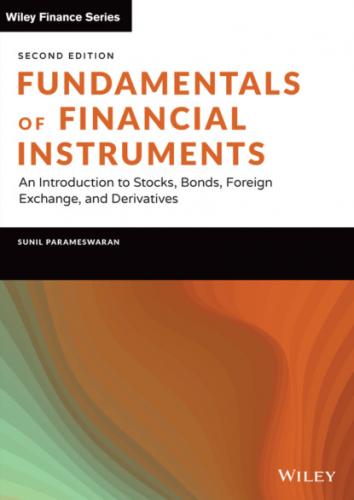ANNUITY DUE
The difference between an annuity and an annuity due is that in the case of an annuity due the cash flows occur at the beginning of the period. An N period annuity due that makes periodic payments of $A may be depicted as follows
FIGURE 2.2 Timeline for an Annuity Due
Present Value
Therefore,
The present value of an annuity due that makes N payments is obviously greater than that of a corresponding annuity that makes N payments, because in the case of the annuity due, each of the cash flows has to be discounted for one period less. Consequently, the present value factor for an N period annuity due is greater than that for an N period annuity by a factor of (1 + r).
An obvious example of an annuity due is an insurance policy, because the first premium has to be paid as soon as the policy is purchased.
EXAMPLE 2.18
David Mathew has just bought an insurance policy from MetLife. The annual premium is $2,500, and he is required to make 25 payments. What is the present value of this annuity due if the discount rate is 8% per annum?
Thus the present value of the annuity due is:
Future Value
Therefore,
Hence
The future value of an annuity due that makes N payments is higher than that of a corresponding annuity that makes N payments, if the future values in both cases are computed at the end of N periods. This is because, in the first case, each cash flow has to be compounded for one period more.
Note 6: It should be reiterated that the future value of an N period annuity due is greater than that of an N period annuity if both the values are computed at time N that is after N periods. The future value of an annuity due as computed at time N − 1 will be identical to that of an ordinary annuity as computed at time N.
EXAMPLE 2.19
In the case of Mathew's MetLife policy, the cash value at the end of 25 years can be calculated as follows.
Thus the cash value of the annuity due is:
PERPETUITIES
An annuity that pays forever is called a perpetuity. The future value of a perpetuity is obviously infinite. But it turns out that a perpetuity has a finite present value. The present value of an annuity that pays for N periods is
The present value of the perpetuity can be found by letting N tend to infinity.
